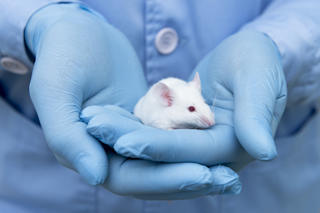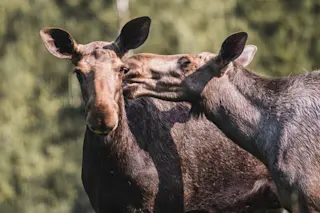Mutations are as you know a double-edged sword. On the one hand mutations are the stuff of evolution; neutral changes on the molecular or phenotypic level are the result of from mutations, as are changes which enhance fitness and so are driven to fixation by positive selection. On the other hand mutations also tend to cause problems. In fact, mutations which are deleterious far outnumber those which are positive. It is much easier to break complex systems which are near a fitness optimum than it is to improve upon them through random chance. In fact a Fisherian geometric analogy of the affect of genes on fitness implies that once a genetic configuration nears an optimum mutations of larger effect have a tendency to decrease fitness. Sometimes environments and selection pressures change radically, and large effect mutations may become needful. But despite their short term necessity these mutations still cause major ...
An umbrella against the mutational showers
Explore mutation-selection balance in evolution, where deleterious mutations shape genetic variance and impact fitness in populations.
More on Discover
Stay Curious
SubscribeTo The Magazine
Save up to 40% off the cover price when you subscribe to Discover magazine.
Subscribe











